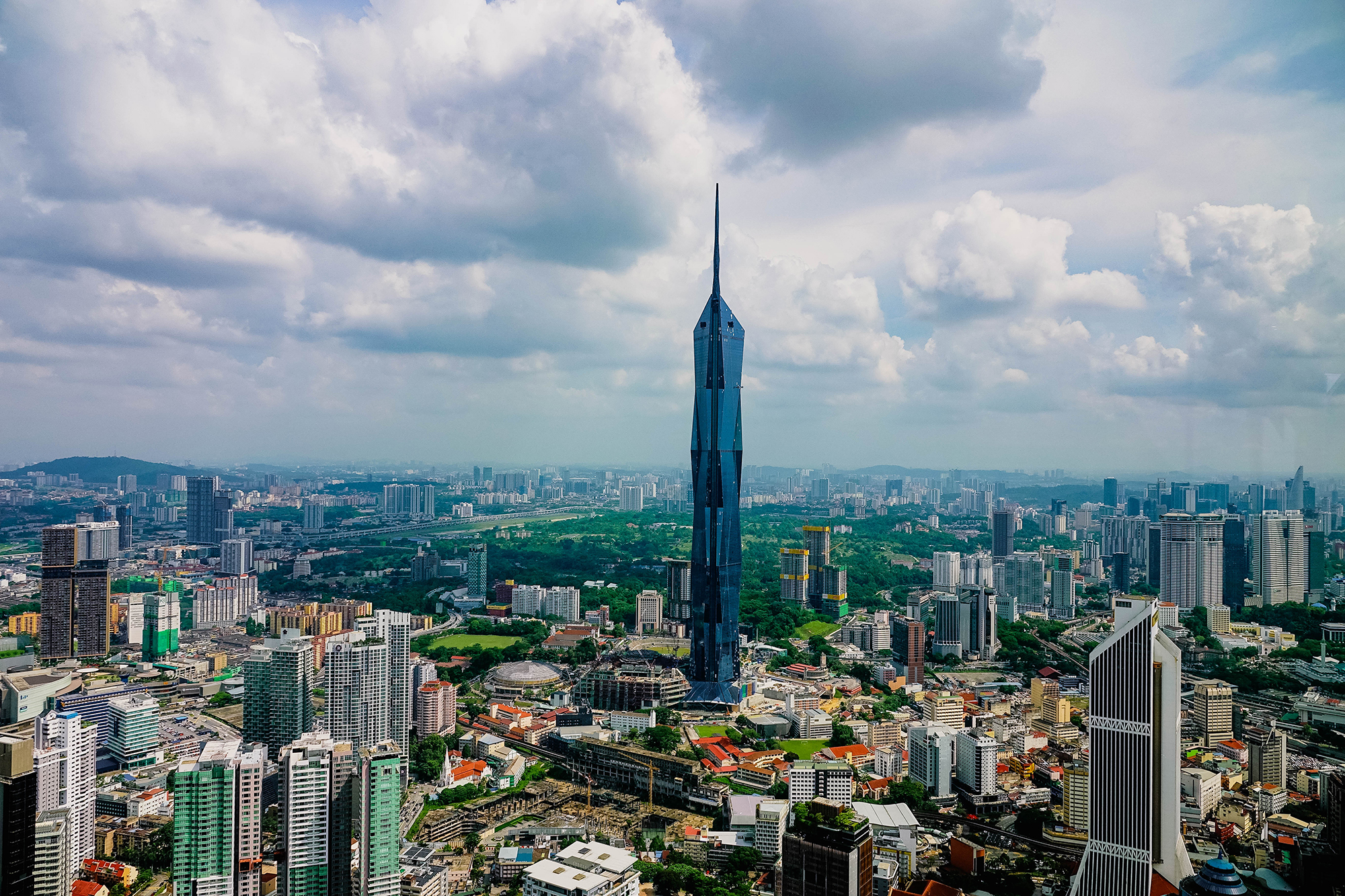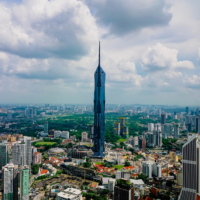Japan and Malaysia recently celebrated 66 years of fruitful diplomatic and economic ties — a period filled with beneficial trade agreements as well as economic, technical and social cooperation. This strong, supportive partnership weaves together a diverse tapestry of programs and strategies to foster regional stability and one of the world’s most productive bilateral relationships.
Deep background
Economic and diplomatic relations between modern-day Malaysia and Japan reportedly date back to the 15th century with ties between the Malacca Sultanate and the Ryukyu Kingdom. After Malaysia gained independence in 1957, and Japan liberalized its foreign investment rules in 1969, the relationship gained real depth.
One potent long-term strategy, Malaysia’s forward-looking Look East Policy, actually evolved as a joint effort between the nations over a 40-year span. Japan has steadily backed the policy’s implementation through official development assistance.
That LEP-ODA combination has helped to provide Malaysia with a solid industrial base by boosting its technological capabilities and key infrastructure, including highways, an airport and water treatment plants. Through the LEP, Malaysia has also sent around 26,000 students and government officials to Japan to study and train, and the skills they bring back are vital to the country’s progress. In turn, many of the approximately 1,500 Japanese companies active in Malaysia have received LEP support for their investment and expansion there.
Another milestone collaboration is the Malaysia-Japan economic partnership agreement. This 2005 deal, the first comprehensive agreement ever signed by Malaysia, covers trade in industrial and agricultural goods, trade in services, investment, rules of origin, customs procedures, intellectual property, competition policy and more.
The power of two
The Malaysian Investment Development Authority — the country’s principal investment promotion and development agency — announced approved investments in the first quarter of 2023 totaling an impressive 71.4 billion ringgits ($16.19 billion) in various sectors. That includes 14 projects with Japanese participation worth $46.99 million under MIDA’s purview that are expected to generate employment for hundreds of people.
More recently, Malaysia’s mid-2023 Trade and Investment Mission to Tokyo and Osaka secured $5.23 billion in potential investment in sectors such as carbon capture and storage, electric vehicles, and electrical parts, with the involvement of firms ranging from Omron Corp. and NHK Spring Co. to Japan Petroleum Exploration Co.
In July, the Malaysian government also announced three special passes for strategic investors, digital nomads and other talent to make business easier and draw foreign and domestic investment.
Booming bilateral trade
Malaysia has been a key exporter of primary resources to Japan, including lumber, rubber and liquefied natural gas. The country’s exports now include value-added products, such as furniture and surgical instruments. As of 2022, Japan was ranked as Malaysia’s fourth-largest trading partner for the eighth consecutive year.
According to the Malaysia External Trade Development Corporation, assistance from Japanese solution providers — such as Fujitsu, Hitachi and NEC — to Malaysian small and midsize enterprises has boosted the production and export of semiconductors, increasing productivity and quality, as well as employee skills. MATRADE also notes that other export trends are forming in the services sector, including fintech, e-commerce, gaming and digital content.
The solid and long-lasting reciprocal relationship between Japan and Malaysia is a model of mutual support and cooperation. Thanks to initiatives such as the LEP, both countries have benefited economically and socially. There is great potential to the partnership, which is still growing in sophistication and reach.




